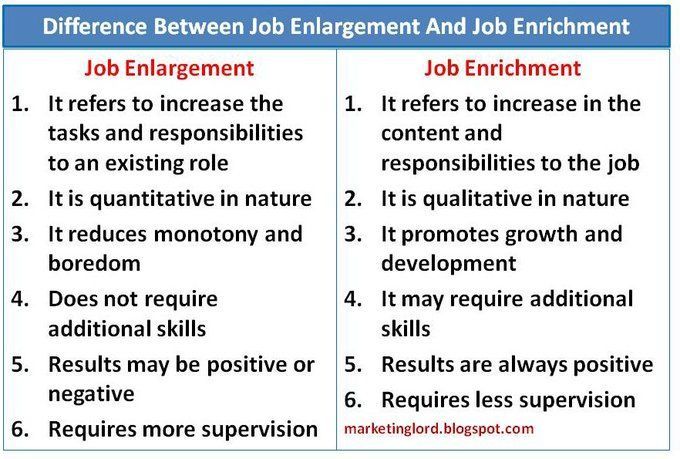Video call etiquette: Essential tips from recruitment experts
Video calls are here to stay whether we like them or not. The technology is getting better, it connects remote workers, and it makes for better business relationships when we see each other’s face.
As with all business tools, as video calls become widespread practise, it requires a certain level of etiquette. While you may not know it, proper video call etiquette is a very real thing.
The phrase ‘video call etiquette’ may sound incredibly Victorian. Still, you wouldn’t show up for an in-person meeting without giving thought to the impression you will make. The same applies to video calls.
Brushing up on your video call etiquette helps ensure meetings are more effective and enables you to make a good impression. Here are 15 video call rules for doing business in our often remote, always-connected world.
1. Test your tech in advance
Tech difficulties are all too common. Be sure to test your sound, video, microphone, and screen sharing in advance of your calls. Pay attention to things like good natural light and background noise.
Additionally, know how to use the software you are using. Don’t be the person who spends the whole video call asking people how to do something. It is not up to your team to troubleshoot for you, it’s your responsibility to learn how to use your computer.
You can do a test call with a co-worker in advance, or sign on 15 minutes early to test it all out. Wasting everyone’s time with technical issues is bad video call etiquette.
2. Be respectful of people’s time
It is very unnecessary to invite your whole team to every meeting. This applies to in-person meetings and video calls. Only invite people who will have something to contribute or actually need the information that will be provided. If you are unsure if you need a co-worker on a call, you probably don’t.
Try to limit video calls to shorter durations; aim for 30 minutes max. Video call etiquette requires you to be respectful of your team time. If people want to discuss anything in more detail, let them stay longer on the call after everything else has been discussed.
3. Limit how many people are on the call
Limit meetings to smaller groups, max 10 attendees, to ensure your video call is brief and effective. It’s harder to stay on topic during video conference calls when 20-30 people are trying to be heard!
4. Make an agenda and stick to it
To keep your meeting on time and focused, create an agenda ahead of time and stick to it. This will help you discuss everything you want to in the allocated time. It will also allow people to come to the meeting prepared for the discussion.
5. Pay attention
It should go without saying but pay attention! You may think others can’t see you typing away or checking your phone, but they can. The camera is focused on you, meaning the attention is on you more than in a meeting room. If you aren’t paying attention, it’s incredibly obvious and disrespectful to everyone in the meeting.
Proper video call etiquette demands you be 100% focused on the call, and not look away at anything else. If you wouldn't be visibly distracted in a face-to-face meeting, the same should apply for video calls.
- Robert Caldwell, Recruitment Specialist at Airswift.
6. Be on time
While you may be able to get away with sneaking into a physical meeting late, everything is highly visible in a video call. If you are even a few minutes late, be aware that everyone is probably waiting for you to come online to start.
As with face-to-face meetings, arrive 5 minutes early. This allows everyone to exchange pleasantries before the meeting, so it can start on time.
7. Report absence of lateness
If for any reason you can’t make a video call or will be late joining, inform the person who is leading the meeting as soon as possible. Call, email, or text them – consider doing more than one to ensure they are aware. You don’t want them holding up the meeting waiting for you.
8. Make eye contact
It is common to look at the video feed of others, or yourself, during a video call. But really you should be looking at the camera to maintain the impression of eye contact.
Position your webcam eye level or higher. This way you will be looking directly into the camera, not down, and it will look more natural. If this means you need to stack your laptop or screen on some books, do it.
9. Speak clearly
While you may have a crystal-clear connection, everyone else may not. Don’t mumble or speak softly. Always speak clearly and pronunciation every word. Speak at a volume to make yourself heard, but don’t shout. If people can’t hear you, try adjusting the volume ion your microphone.
A simple way to make sure everyone can hear you is to ask yourself “Would my grandparents be able to hear and understand this conversation?” If the answer is no, adjust accordingly. This goes for telephone interviews, too.
10. Don’t think you can get away with turning off your camera
If everyone else has their camera on, video call etiquette demands you must too. Be prepared for it. We are used to working from home, and “cameras on” has become the norm.
Video helps add a human touch to virtual meetings, which can combat isolation and strengthen team relationships. It also helps the meeting facilitator identify who is talking, or if anyone’s attention is wandering.
11. Mute yourself when not speaking
Even when you are not speaking, and think you are being quiet, most microphones can pick up even minor background noise. These sounds can be incredibly distracting and may prevent the speaker from being heard.
Making it practise to use the mute button whenever you're not talking. Just remember to pay attention so you can unmute yourself quickly when you need to respond. With most software, it’s as simple as a click of the button. Little things like this can really improve first impressions!
- Sarah Stewart, Recruitment Specialist at Airswift.
12. Look professional
There might not be a dress code whilst working from home, but you still need to look professional, or at least “nice”. You won’t be expected to wear a suit, but you will be expected to dress appropriately for your video call.
Video call etiquette requires you to still take pride in your appearance. Comb your hair, wear clean clothes, put on some pants. This is all part of your reputation, and first impressions still count.
13. Don’t interrupt when someone is speaking
While you don’t want to waste anyone’s time, you don’t want to rush everyone either. It is video call etiquette not to “double-speak”. This is when attendees speak over one another, and no one is heard.
To avoid this, wait for a second after someone has finished speaking before you reply. This pause allows time to ensure they have said everything they needed to. Alternatively, you can instate a “handoff” procedure that gives everyone a chance to respond.
14. Make sure you aren’t “live”
There is nothing more embarrassing than thinking no one can hear/see you and complaining out loud about your co-workers or work situation. As you join a meeting, your video or mic may already be on, and if you don’t end a call properly, they remain on.
Save everyone lethal amounts of embarrassment and assume everything is live the second you click to join a call. Assume the same until you close out of a call completely – or close the software. Practising video call etiquette in this regard helps prevent unfortunate incidents that could result in a call with HR.
15. Don’t start a video call without warning
Surprising someone with a virtual call is the cardinal sin of video call etiquette. To avoid this, send them a quick email or chat message to offer a heads up and request permission. Get an explicit “Yes” before you start a video call. If you can’t get a response, try a call first and switch to video if you get the go-ahead. No one wants to be caught off guard on camera.
Don’t forget video call etiquette once the call starts
While all of this may make sense now, it is very easy to forget video call etiquette once your virtual meeting has started. Remember these tips so that you can lead and participate in video calls the right way. Maintaining video call etiquette will allow these calls to be as collaborative and effective as possible.
Source: https://www.airswift.com/blog/video-call-etiquette


People That Care Australia does not receive any funding to operate its business. All profits are used to improve the service we offer to Jobseekers.
USEFUL LINKS
FOLLOW US
STAY INFORMED
You need a helping hand with your project?
We will get back to you as soon as possible
Please try again later
CONTACT US
Contact Us
We will get back to you as soon as possible.
Please try again later.
All Rights Reserved | People That Care Australia
Made with 💛 by Shazamme
